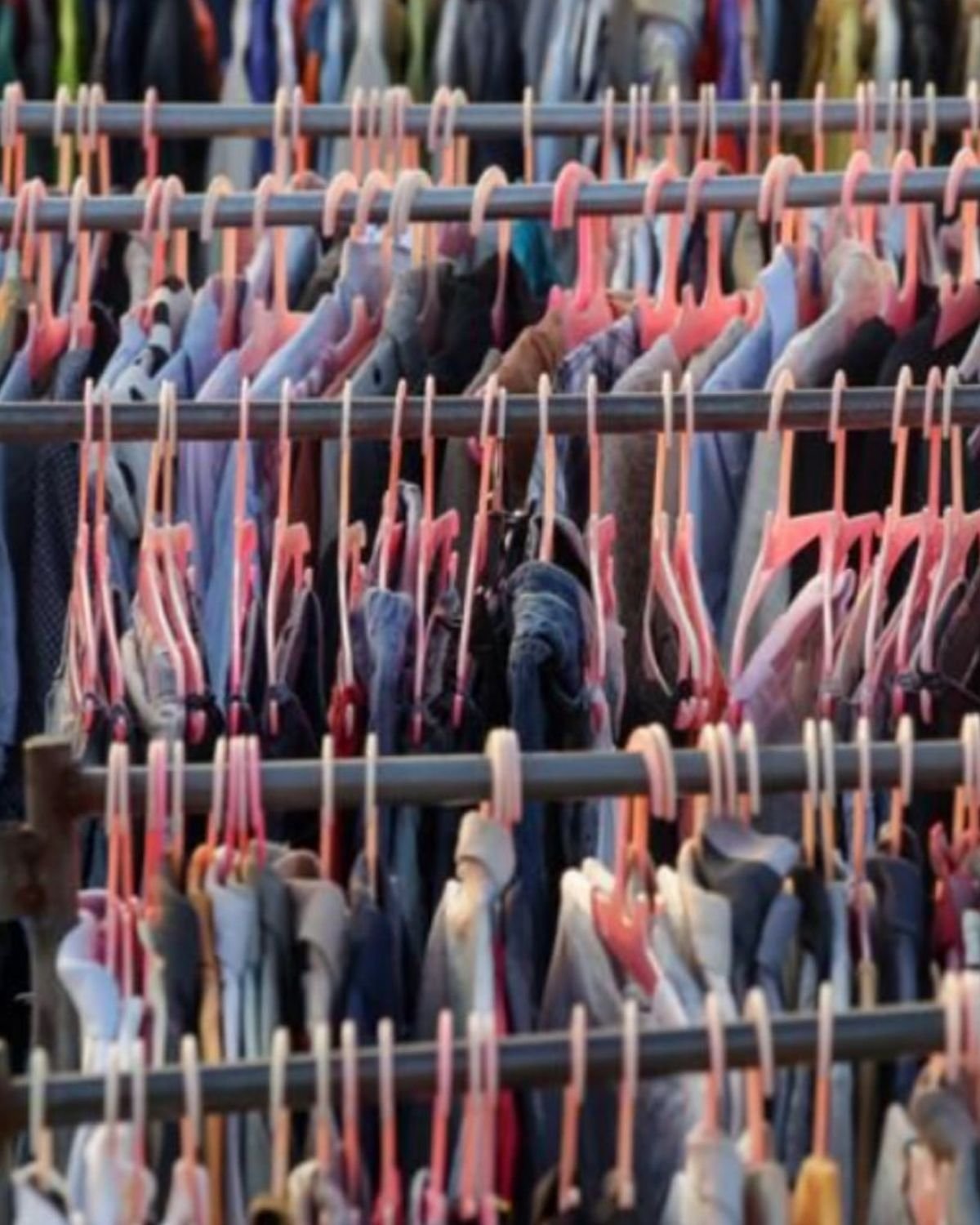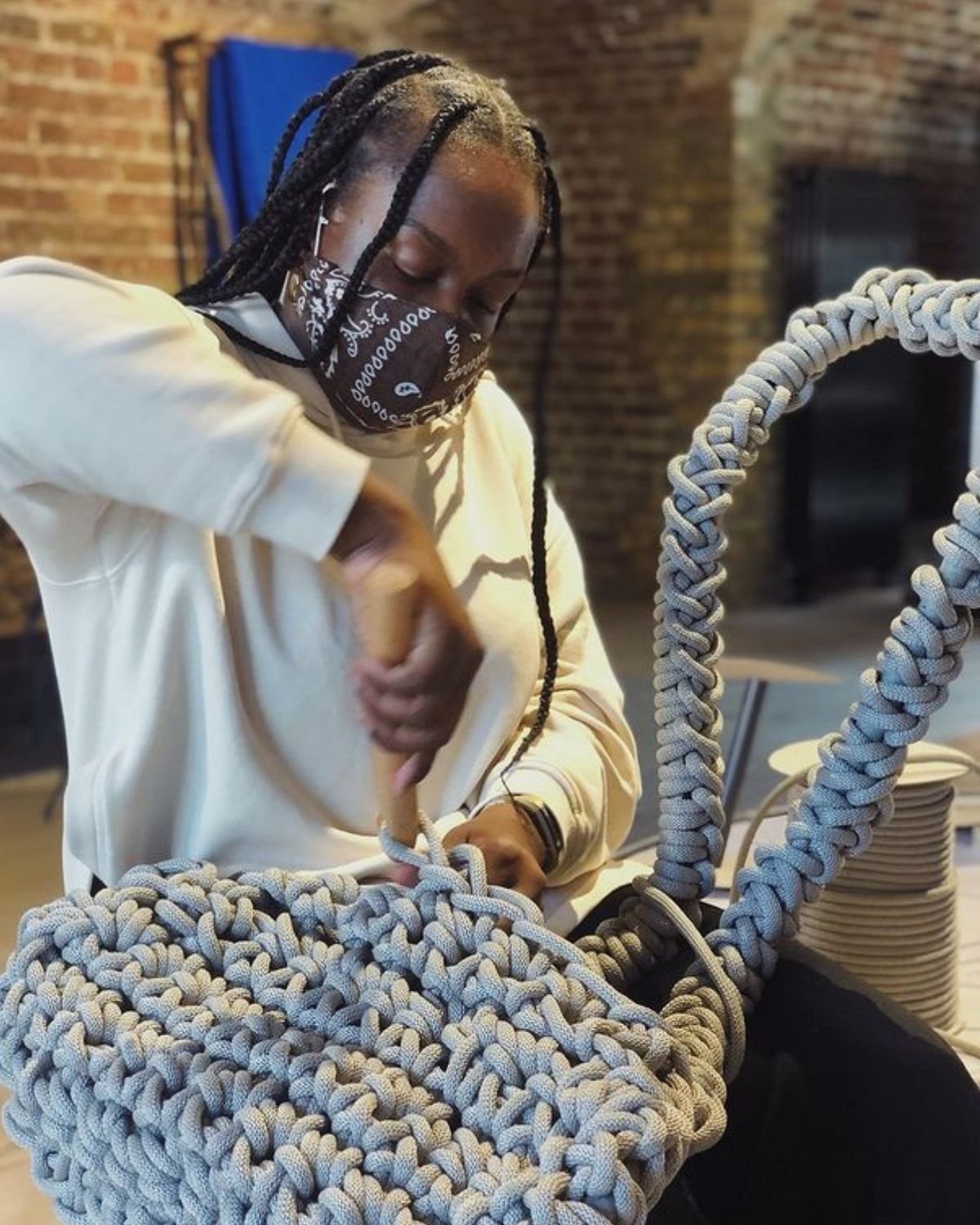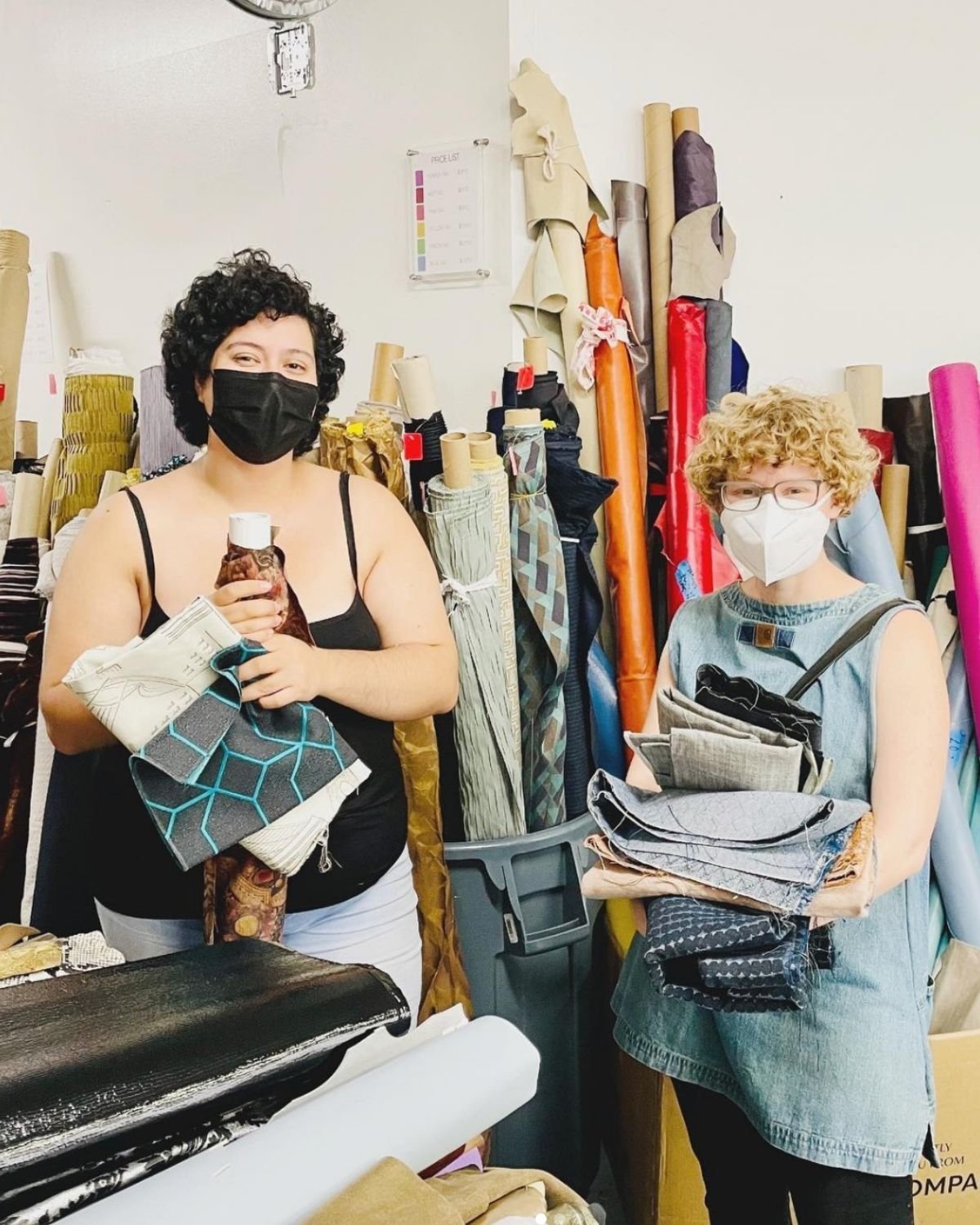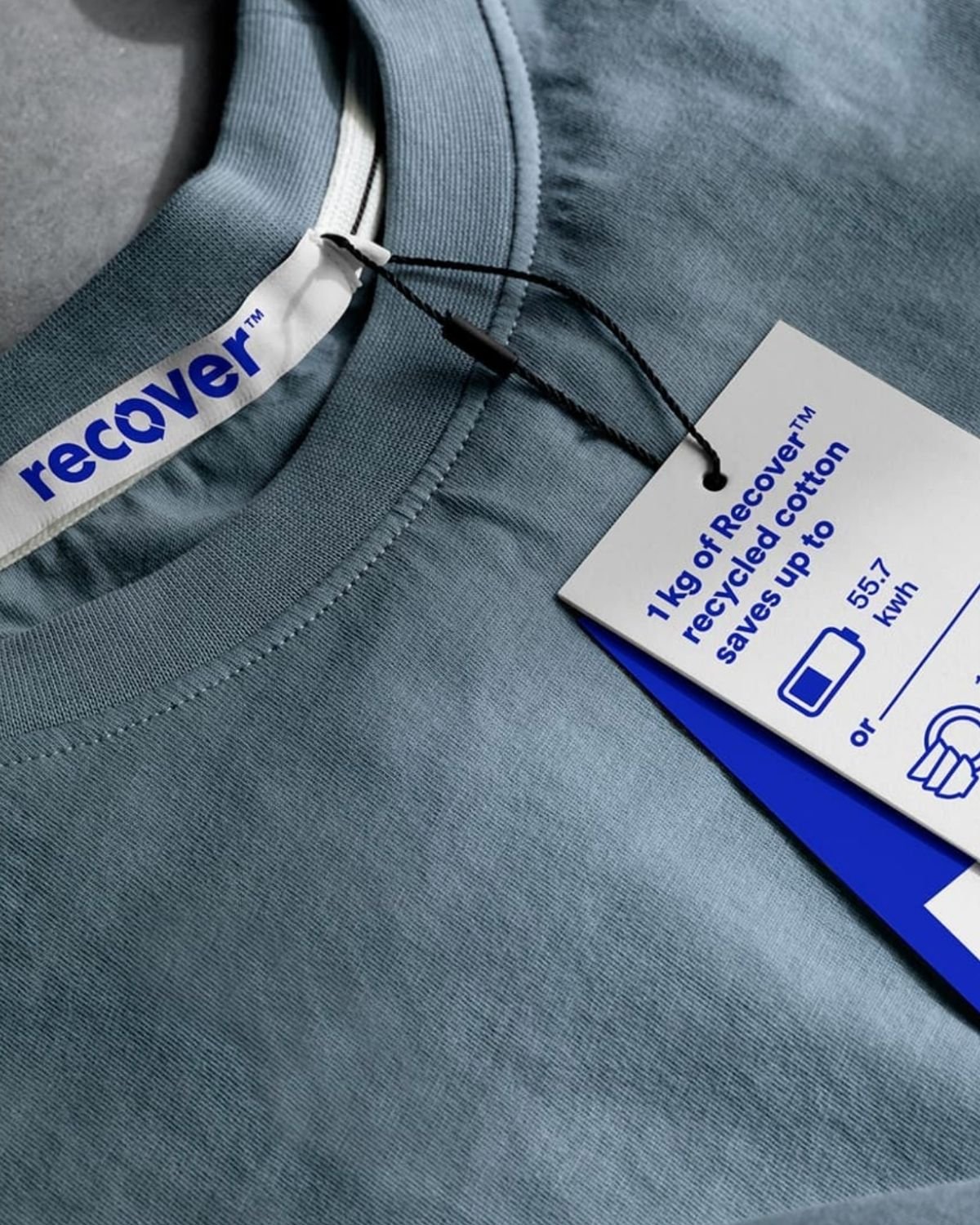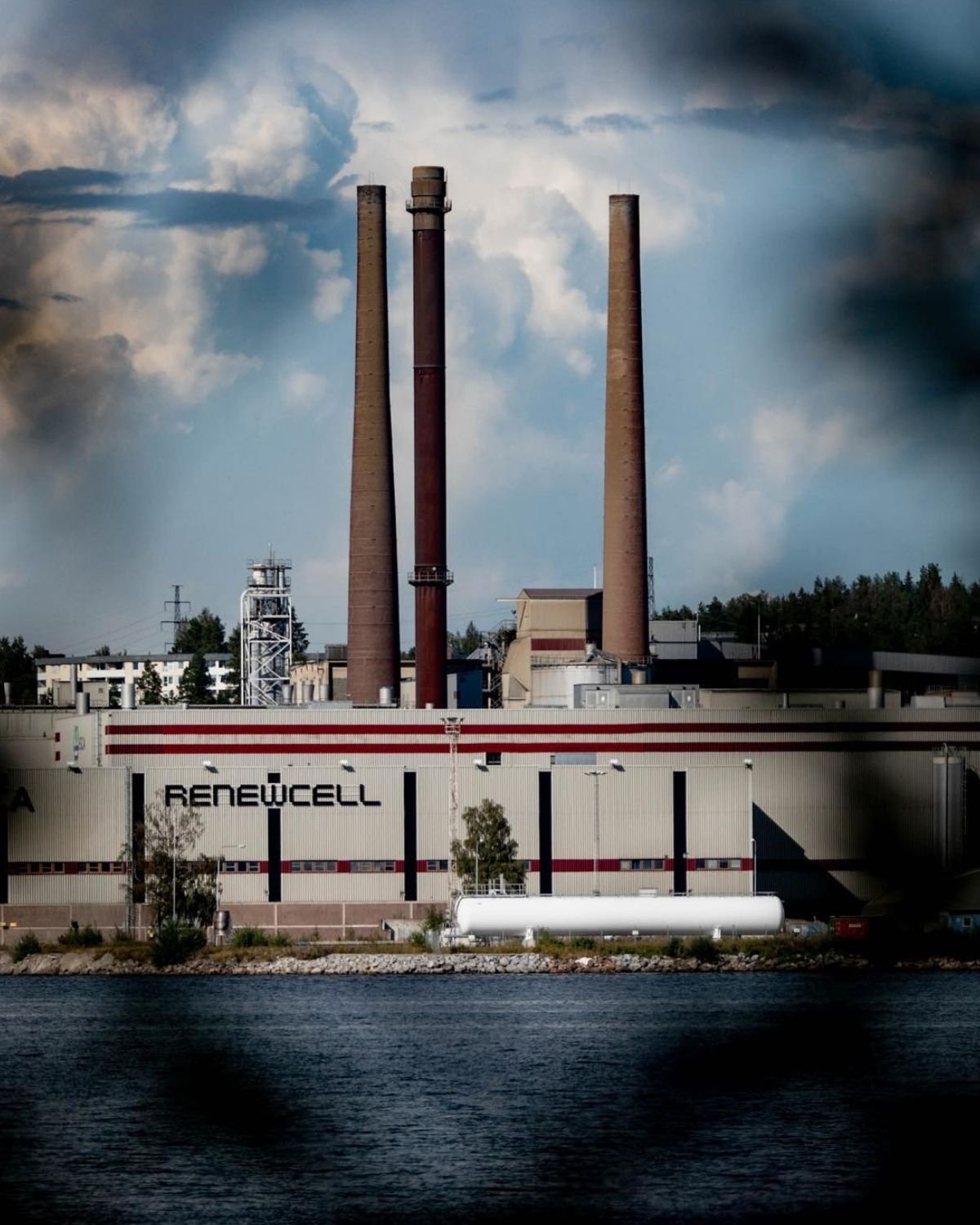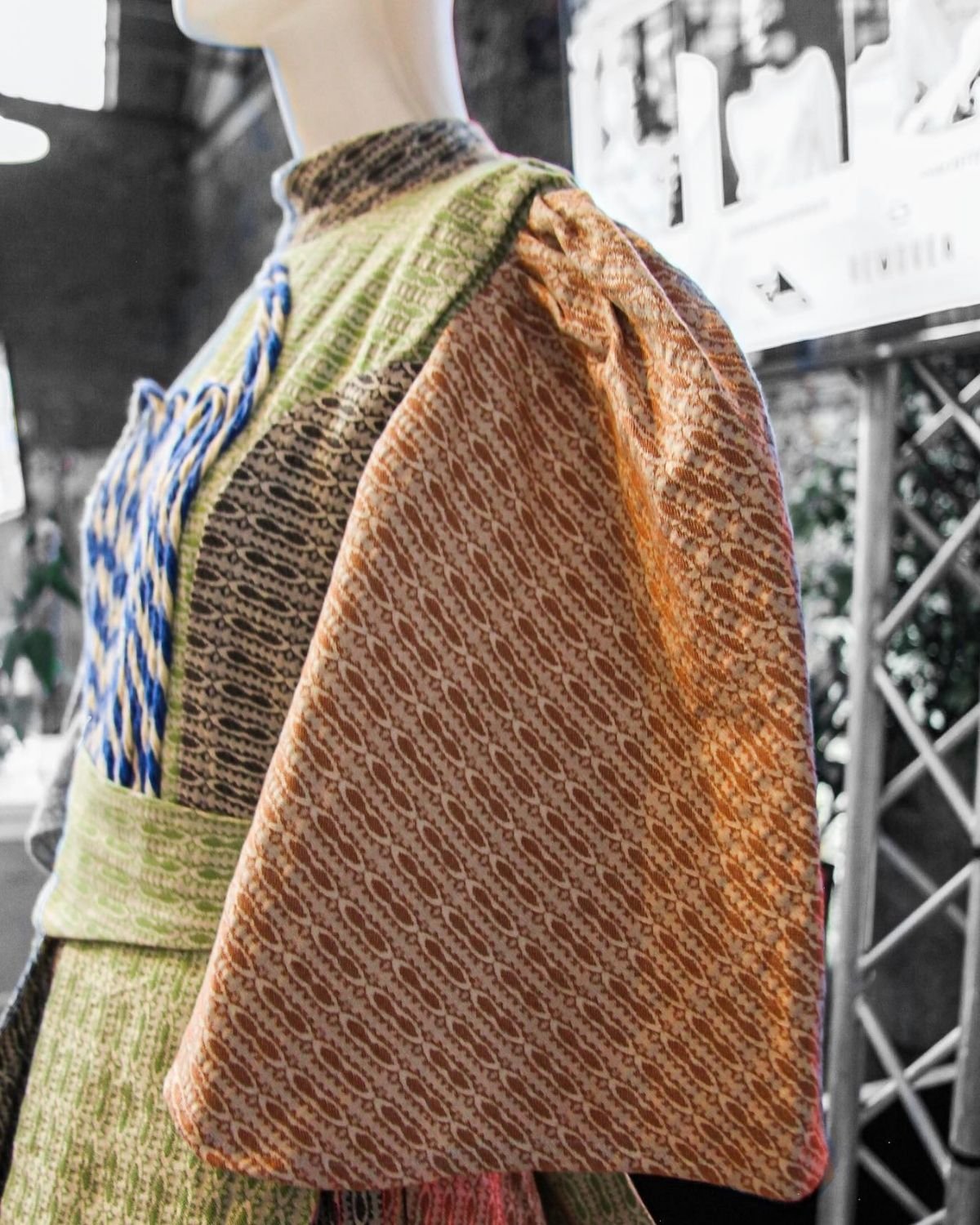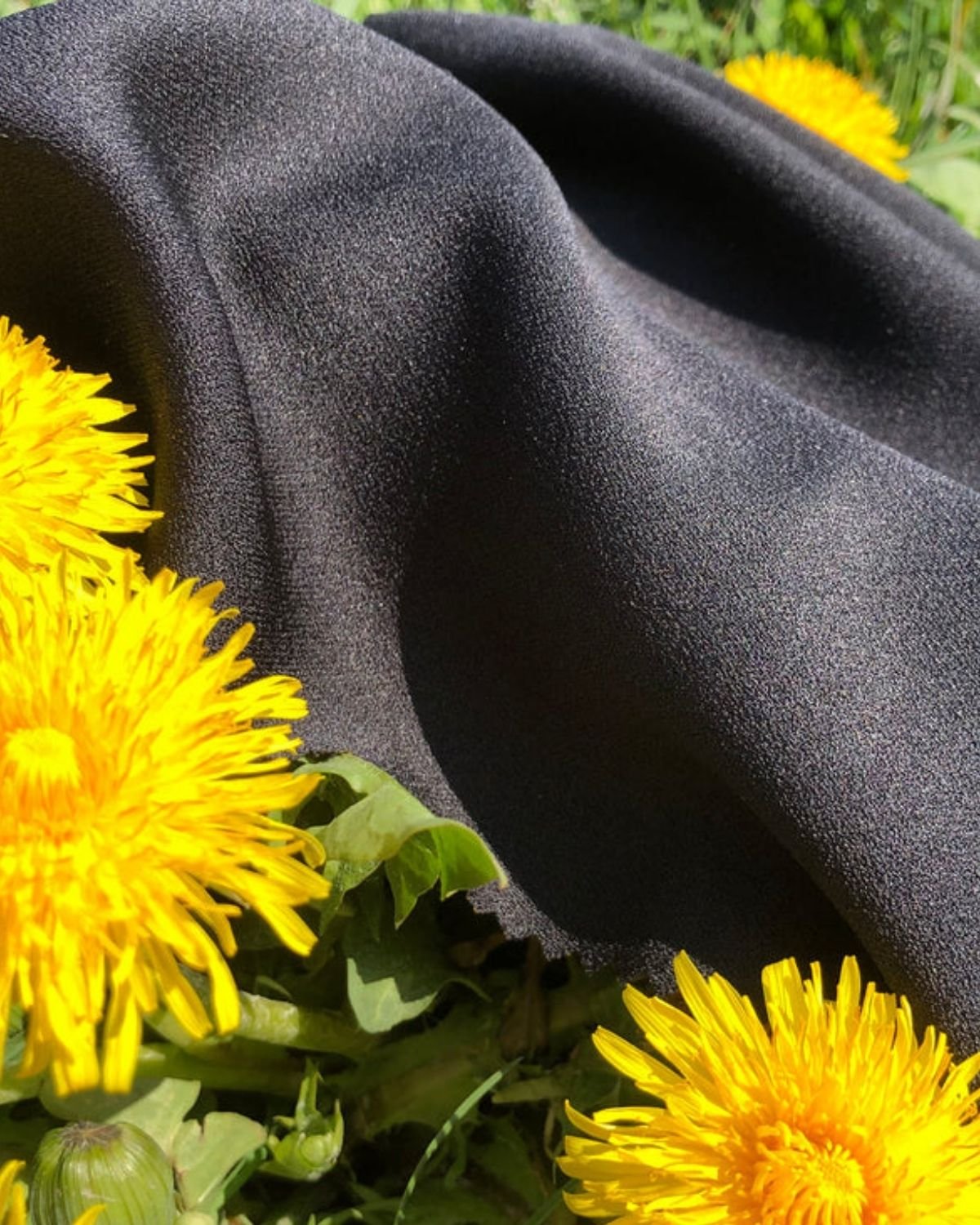14 Textile Recycling Companies Pushing for Circularity in Fashion
By Stella Hertantyo
Circular fashion is a guiding philosophy that echoes natural processes and indigenous wisdom in the sense that it acknowledges that waste is a design flaw that is out of sync with natural processes. In nature, nothing goes to waste. So, circular fashion aims to create new materials out of old ones.
We’ve often spoken about the need to reduce and slow down our consumption, as well as the importance of re-use practices, such as clothing swaps, upcycling, and outfit repeating. But, what if we could turn old clothes into new ones without using virgin materials? This is where textile-to-textile recycling comes in.
Textile recycling is an important part of a circular textile economy, because it helps to keep garments out of landfills that often contribute to waste colonialism, decreases the demand for virgin fibers, and allows us to retain the value of that garment instead of it going to waste.
If you are looking for an example of a thriving mechanical textile recycling system, look no further than the city of Prato in Tuscany, Italy which has been mechanically recycling textile for centuries. Bales of used clothing arrive in Prato from across the world, where they are then manually sorted by color and fabric type, before being mechanically recycled into fluffy fibers, spun, and woven into a recycled fabric. They recycle 25 tonnes of clothing every day.
Textile-to-textile recycling is a necessary element of circularity and will make a significant contribution in terms of meeting the fashion industry’s environmental goals. And, this type of recycling has the potential to rival the quality and durability of virgin fabrics.
As the textile recycling industry evolves, a tapestry of initiatives and businesses are emerging to fill the gaps in this expanding circular economy.
If you are curious to learn more about the intricacies of textile recycling and the range of approaches that are going to create change in this industry, here is a list of recycling companies and initiatives to look into:
1. Blue Jeans Go Green
TheBlue Jeans Go Green™ program collects denim across the US to divert it from landfills, and partners with Bonded Logic, Inc. to recycle it into UltraTouch™ Denim Insulation.
2. Circ
Circ is a technology system that returns clothes to their raw ingredients. Circ can recycle polyester or poly-cotton blends into the building blocks of virgin-grade polyester and make pulp that can be made into viscose and lyocell type fabrics.
3. Circulose
Cellulose is the biodegradable organic polymer that cotton, trees, and all green plants on earth are made out of. Circulose has created a process that creates circular cellulose using a mechanical recycling process that transforms old garments into sheets of circulose that can be made into natural textile fibers.
4. Econyl
Created by Aquafil, Econyl is regenerated nylon, which is infinitely recyclable, made from recycled nylon waste such as industrial plastic, waste fabric, and fishing nets. Waste is collected, then cleaned and shredded, depolymerized to extract nylon, polymerized, transformed into yarn, and then re-commercialized into textile products.
5. FabScrap
FabScrap provides a pick-up and sorting service for unwanted scraps of pre-consumer textile waste from across New York and engages local creative communities in practices of re-use, upcycling, downcycling, and recycling.
6. Infinited Fibre Company
This company turns cellulose-rich waste that would otherwise be landfilled or burned into Infinna™, a premium-quality, circular textile fiber with the look and feel of cotton.
7. Pure Waste
Pure Waste focuses on recycling cotton to create 100% recycled, ecologically sustainable yarns, fabrics, and ready-made garments using only materials that would otherwise go to waste.
8. Recover
Recover™ transforms post-industrial and post-consumer textile waste into sustainable recycled fibers, closing the loop on fashion. They create low-impact, high-quality recycled cotton fiber, and fiber blends.
9. Renewcell
Renewcell uses chemical recycling technology to dissolve used cotton and other natural fibers into a new, biodegradable raw material: renewcell pulp. It can be turned into textile fiber and be fed into the textile production cycle.
10. Rewoven
Based in South Africa, Rewoven uses a mechanical recycling process to create 100% recycled fabric from 60% pre-consumer textile waste and 40% plastic waste.
11. The Billie Upcycling
Located in Tai Po, Hong Kong, The Billie System is a mechanical textile recycling system that uses no water throughout the process of converting textile waste into recycled fibers.
12. SaXcell
SaXcell, an abbreviation of Saxion cellulose, is a regenerated virgin cellulose textile fiber made from chemically recycled household cotton waste. More than 99% of the necessary dissolvent for this process can be reused.
13. Vivify Textiles
Vivify Textiles is a textile company that mainly focuses on manufacturing sustainable fabrics made from Recycled (made from textile waste and PET plastic waste), Organic, and Natural fibers.
14. Worn Again
Worn Again focuses on solving the challenging issue of converting polyester and polycotton blended textiles, and PET plastic, at their end of use, back into circular raw materials, using an innovative chemical recycling process.
Textile recycling helps us become less dependent on virgin materials, divert waste from landfills, and retain the value of clothes that would otherwise be discarded. This makes it a crucial element of a thriving, circular textiles economy.
But, textile-to-textile recycling is still not widespread and the infrastructure needed to scale the sector is not yet in place. It is also a costly fix that comes with significant limitations.
Even as we advocate for progress in textile recycling, we shouldn't discount other forms of circularity that focus less on technology and more on a cultural shift away from the rapid cycle of production and consumption.
About the Author:
Stella Hertantyo is based in Cape Town, South Africa, and is currently completing her PGDip in Sustainable Development to accompany her undergraduate in Multimedia journalism. She is a slow-living enthusiast and a lover of low-impact fashion.
She is passionate about encouraging an approach to sustainability that is inclusive, accessible, and fun as we try to figure out how to create a more sustainable and just world, together.
When Stella is not in front of her laptop doing uni work, you'll probably find her reading, writing, illustrating, or baking/cooking. A dip in the ocean, or a walk in the mountains, are the two things that bring her the most peace.



